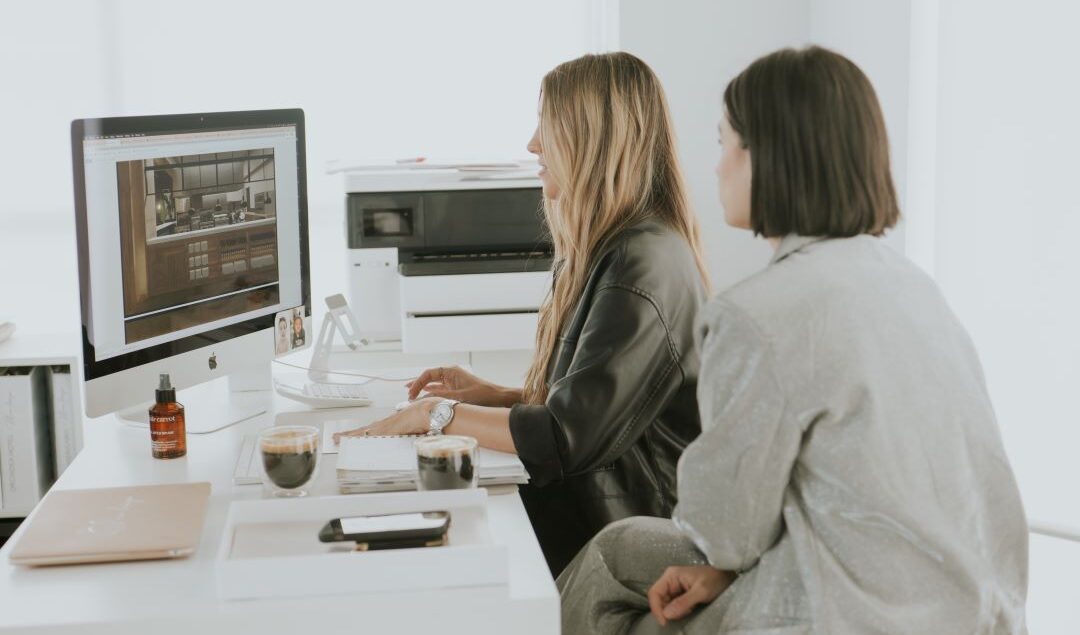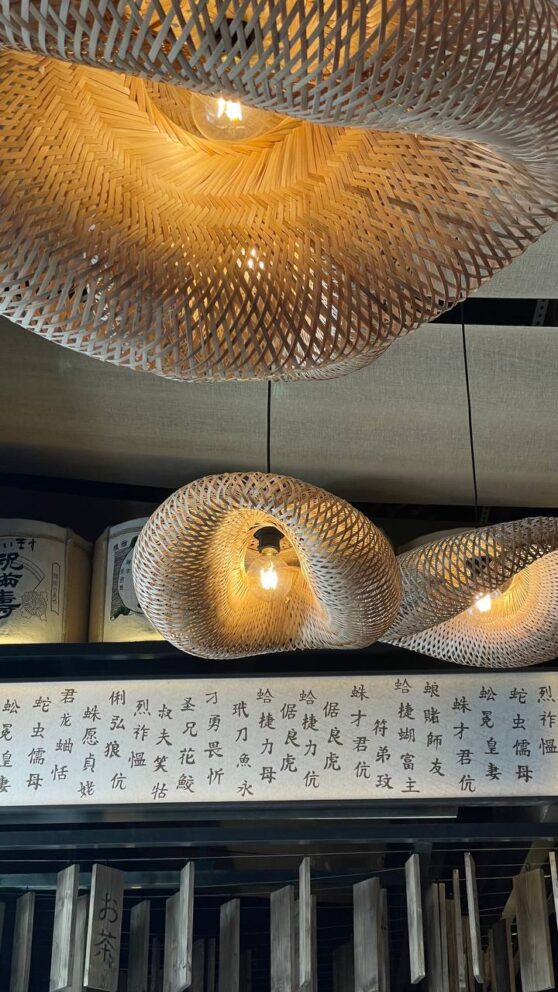World Interiors Day: Sustainability, Design & Beauty
On World Interiors Day, we join the initiative of the International Federation of Interior Architects and Designers (IFI). The Federation’s proposal for 2023 is to explore and reflect on “Sustainability, Design, and Beauty.”
In 1987, the United Nations Brundtland Commission defined sustainability as “meeting the needs of the present without compromising the ability of future generations to meet their own needs.” Climate change and associated threats and risks urge all citizens of the world to adopt conscious measures and habits that reduce harm to the environment and allow us to build healthier and safer environments.
Mico Design Studio + Miami
Our company, Mico Design Studio, primarily operates in Miami. This wonderful city has allowed us to develop and grow both personally and professionally. We take pride in being part of one of the world’s most diverse and vibrant communities and strive to contribute to it from our position.
In commercial interior design, projects are subject to various factors such as budget constraints, technical limitations, availability of sustainable materials, and client preferences. All of these can influence the extent of sustainability. However, professionals in this field can make a difference and guide our proposals towards increasingly environmentally friendly approaches. Prioritizing recycled materials, proposing areas for waste management, and maximizing natural lighting in commercial spaces are some specific examples of how we can reduce impact and improve space quality through small practices.
Other Things Interior Designers Can Do to Promote Sustainability
● Design with energy efficiency in mind, ensuring spaces make the most of natural light sources and use LED lighting fixtures. The benefits of LED lighting are already widely known, but just in case, let’s mention them: these bulbs provide high-quality illumination and consume significantly less energy than conventional options, thereby reducing associated greenhouse gas emissions. They have a longer lifespan, reducing the need for frequent replacements. In addition to saving resources, using LED lighting helps reduce waste.
To enhance the spaces’ brightness, incorporating light colors on walls, ceilings, and furniture can be highly effective. These light hues serve as reflective surfaces, contributing to a greater sense of spaciousness and luminosity in the environment.
● Propose a concept and durable materials. We need to convey the brand identity through design and create a concept that withstands the test of time and doesn’t require continuous changes. Additionally, selecting high-quality materials that can tolerate high foot traffic and are easy to maintain is crucial for commercial spaces. Terrazzo, for example, is made from recycled components like marble, glass, or granite, and it is highly durable, meaning it can last for many years without needing replacement. Furthermore, it is easy to clean and versatile, suitable for both indoor and outdoor applications on various surfaces such as floors, tables, countertops, walls, and accessories. Terrazzo offers a wide range of aesthetic possibilities with numerous color and finish combinations, including polished, matte, and textured.
Furniture, lamps, or accessories made from natural fibers like rattan or bamboo are also excellent choices. Rattan is a type of palm tree, and bamboo is a grass; both grow more rapidly in tropical climates than wood and, with proper care, can last for many years.
● Restore. By giving pieces of furniture a second chance, we prevent them from being forgotten in storage or ending up in the trash. Additionally, restored pieces add a distinctive aesthetic to spaces. There are many hidden gems that, with responsible restoration work, can be valued and bring a special charm to projects. Some antique furniture has unique artisanal features that, if recovered, can enrich projects and create personalized and character-filled spaces.
● Adopt a holistic approach. When designing commercial spaces, it is important to consider the comfort and well-being of employees and customers alike. To create healthy environments, we need to consider proper furniture layout, efficient circulation for staff and air, heating systems, acoustics, and lighting.
Incorporating natural plants can help improve air quality, reduce stress levels, and influences productivity, creativity, and concentration. Due to maintenance issues, budget constraints, or lack of direct sunlight, clients sometimes request the use of artificial plants. Although artificial plants can never surpass natural ones, they positively affect mood and stress reduction. It’s easy to see that we all feel better in green environments, right?
Exposure to natural light is another proven beneficial aspect for psychological and physical health, falling within the concept of biophilic design. Biophilic design is an approach in architecture and design that seeks to integrate natural elements (natural light, plants, organic textures) into the built environment.
Sustainability includes creating inclusive, safe, and accessible environments for all individuals. It is essential that we work with a commitment to creating commercial spaces that promote the well-being of people who use them.
At Mico Design Studio, we are aware that we have much work and change to be done, and we are willing to learn and improve in our pursuit of more sustainable design. As an architect (Agus) and an interior designer (Vicky), the concepts proposed by IFI invite us to think of new ways to progress in this field.
Happy World Interiors Day to all Designers and Architects!
Click on the images to enlarge them.





















